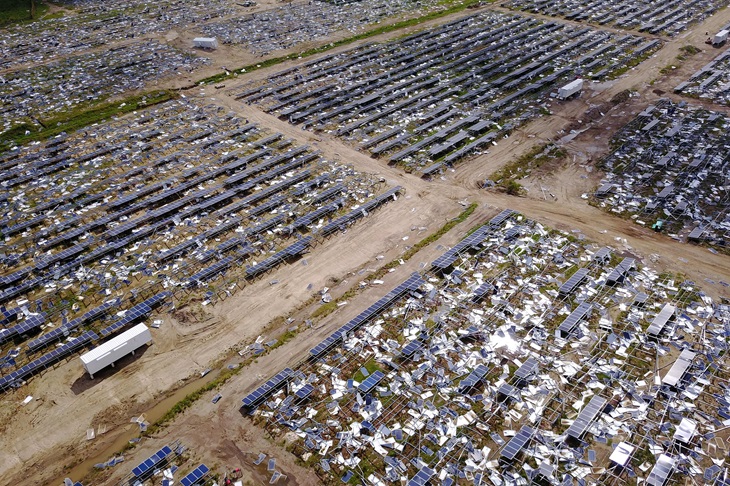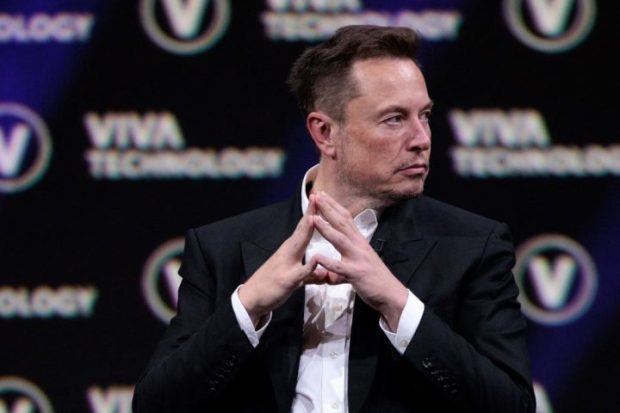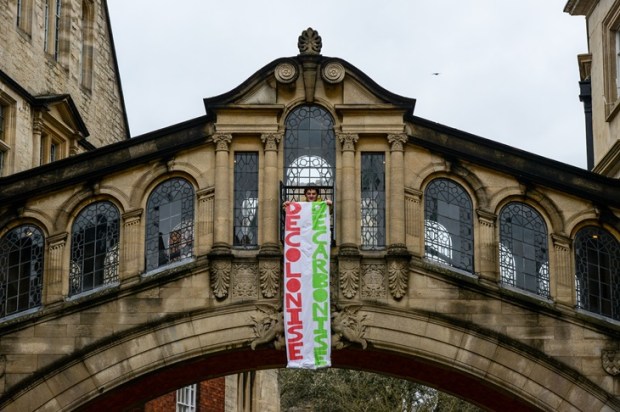Regardless of what I want, my phone keeps an eye out for trending stories in the world of Renewable energy.
Part of the hyper-saturation of the ideological market means converting the masses through ‘good news’ stories. There are fewer of those these days, with the rapid expansion of the not in my backyard! movement keeping pace with government roll-outs.
Already a subscriber? Log in
Subscribe for just $2 a week
Try a month of The Spectator Australia absolutely free and without commitment. Not only that but – if you choose to continue – you’ll pay just $2 a week for your first year.
- Unlimited access to spectator.com.au and app
- The weekly edition on the Spectator Australia app
- Spectator podcasts and newsletters
- Full access to spectator.co.uk
Or


























Comments
Don't miss out
Join the conversation with other Spectator Australia readers. Subscribe to leave a comment.
SUBSCRIBEAlready a subscriber? Log in